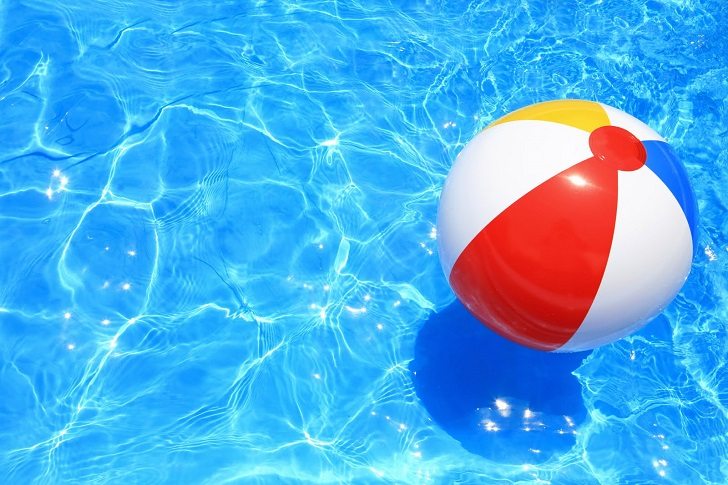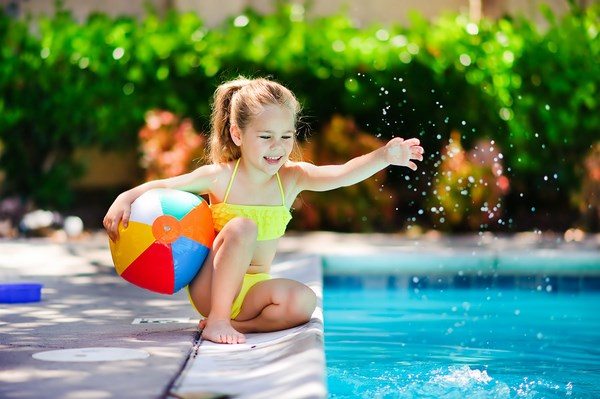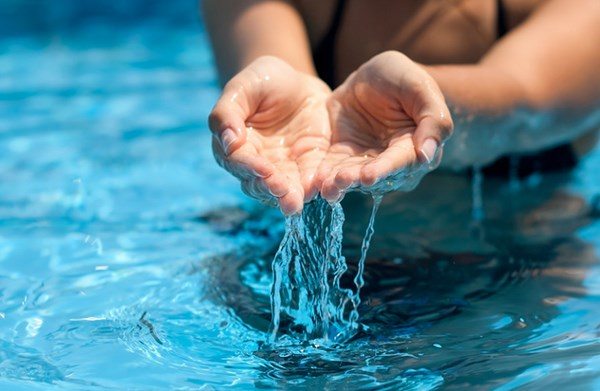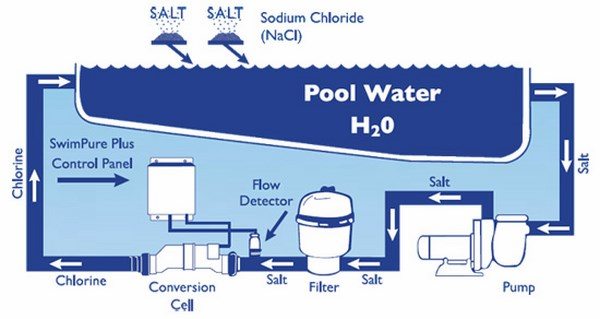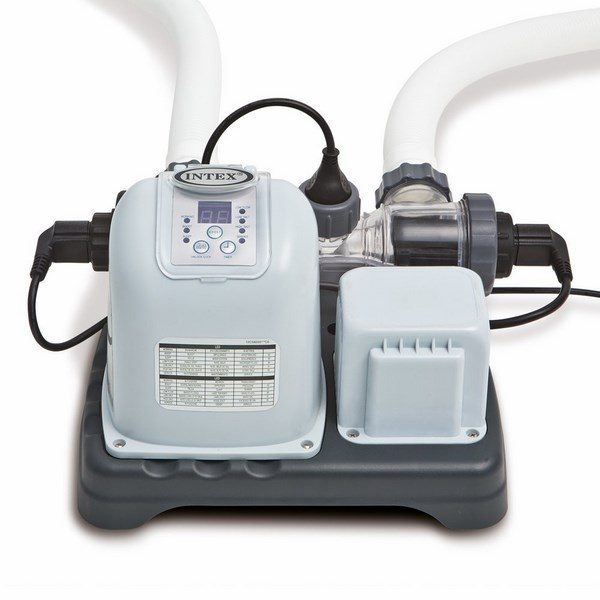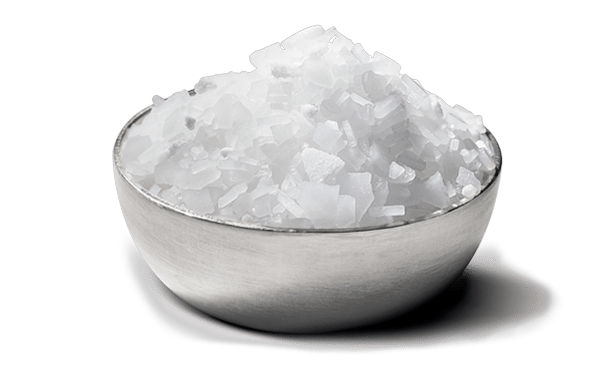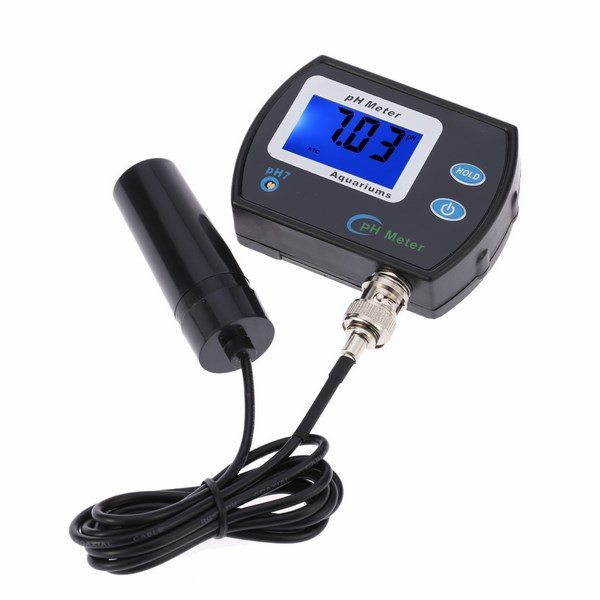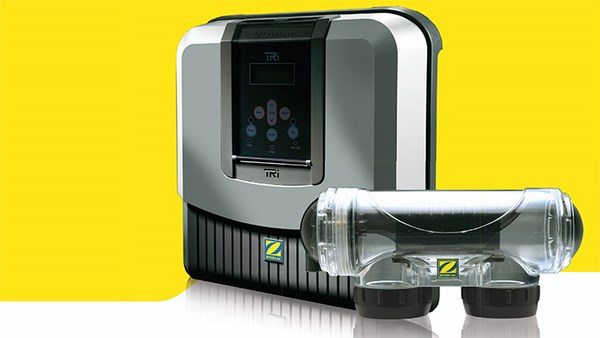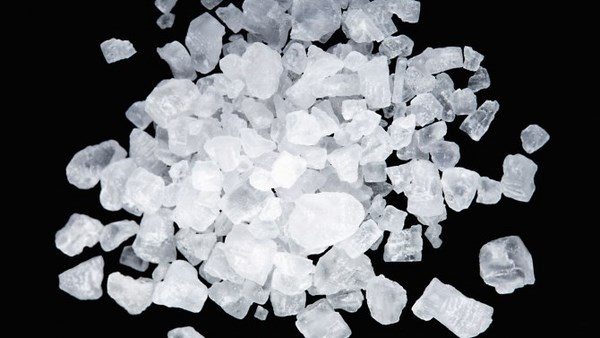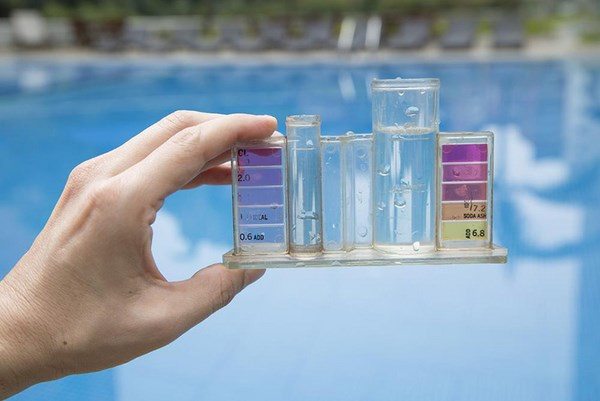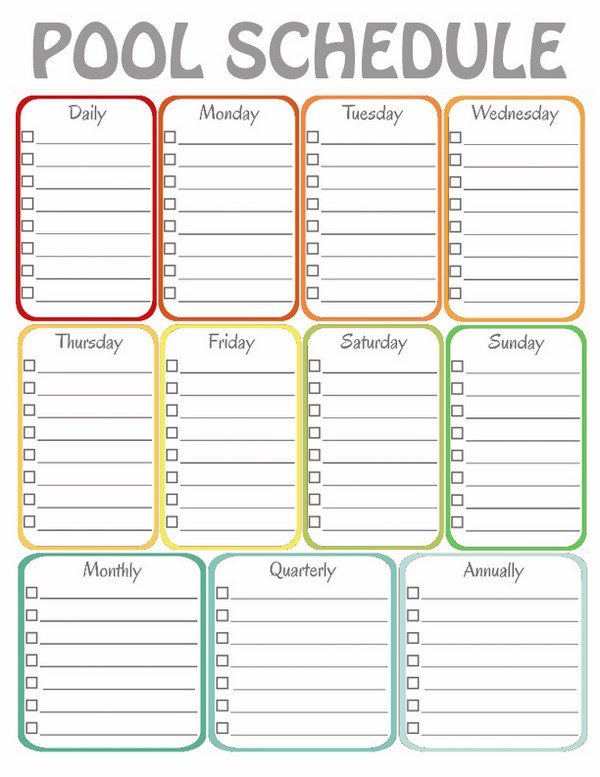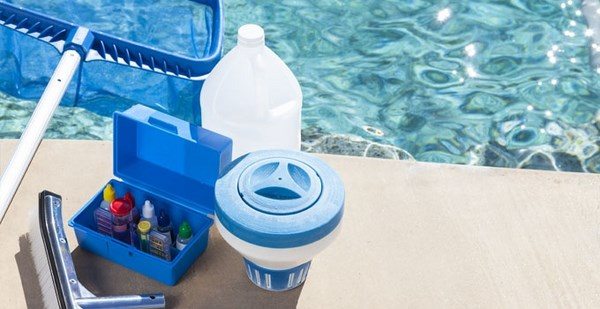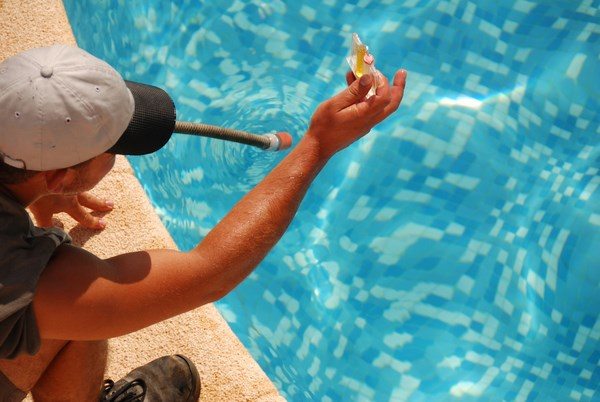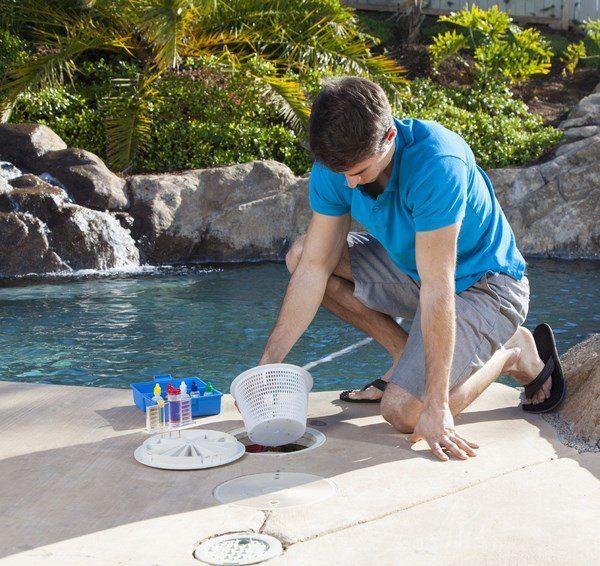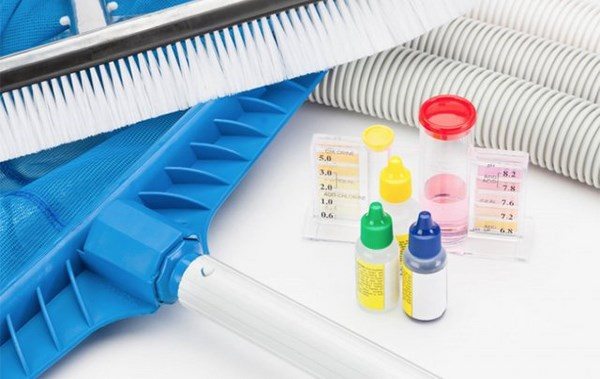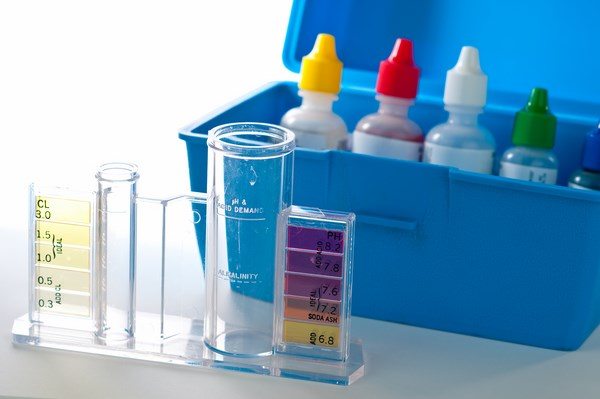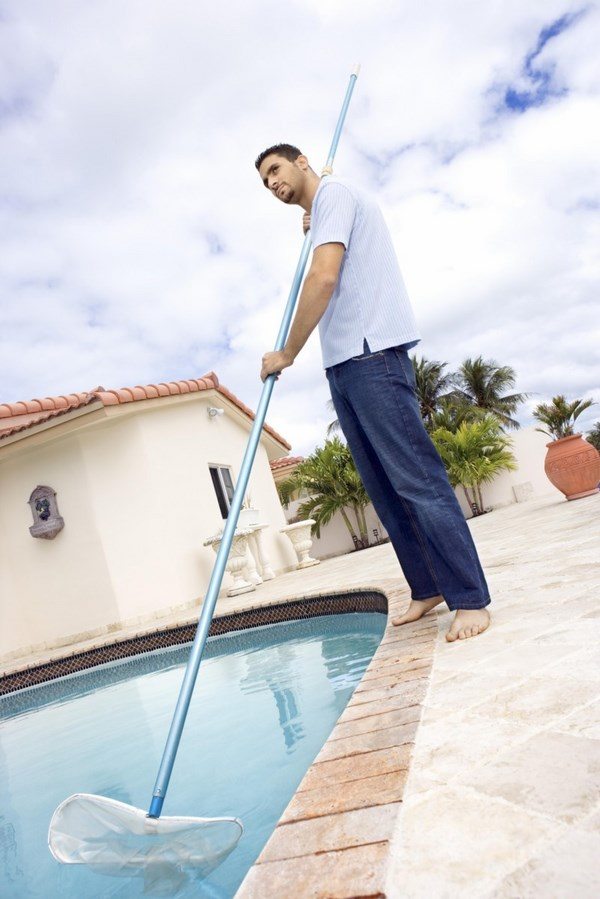Salt water pool maintenance is not something to neglect, which is, of course, valid for any type of pool. Those who have chosen a salt water pool for their homes are aware for the many advantages and the benefits they offer. It contributes greatly to human health, improves blood circulation, restores the levels of minerals in human organism which gives an explanation why people feel so peaceful and relaxed at the sea. The massaging effect and the benefit for the skin is obvious and the impact to the cardiovascular, respiratory, nervous system has been proven ages ago. Salt water pools are beneficial to all who have problems with allergies, asthma, eczema, they relieve itching and improve metabolism.
All these advantages and the benefits, which are strong enough, have convinced many homeowners to convert their pools to salt water swimming pools. In addition to the beneficial effects on human well-being and health, one of the main reasons that more and more people turn to salt water pools is the fact that they do not need to buy and transport chlorine which conventional pools need. Yes, these swimming pools are not chlorine free, but the content of chlorine is significantly lower compared to regular pools. Even the salt content in the system is lower than one would expect which makes swimming under water and opening your eyes much safer.
We come to the question of salt water pool maintenance. Although these pools require less maintenance than chlorine pools, they are not maintenance free and you need to inspect it and make sure your system functions properly.
Salt water pool maintenance – important considerations to keep in mind
Salt water pool maintenance may not be demanding but should be performed diligently, after all, it is your family and friends who use the pool, and you would not want to turn your pool into a swamp, would you?
How to maintain a salt water pool chlorine generator? The pools are equipped with a chlorine generator which converts salt into chlorine which goes into the water and the pool sort of cleans itself. The chlorine produced by the chlorine generator has the same chemical structure as the chlorine which you would purchase for any other pool and its function is to take care for the sanitation of your pool. The process of converting salt into chlorine is electrolysis and during the process the water from the pool passes through the chlorine generator which is a metal cell charged with an electrical current.
The maintenance of the chlorine generator depends on a variety of factors – the content of minerals in the water, the quality of salt which is used in the system, etc. These minerals tend to build up in the chlorine generator, so you need to be careful what kind of salt you use. Experts advise that you should always purchase high grade products, which is free of minerals. There are systems with an auto-cleaning feature which minimizes the buildups but even if you have that feature your chlorine generator should be inspected and cleaned twice a year with hydrochloric acid. Salt water pool chlorinators have an average lifespan between 4-8 years. After that the cell should be replaced.
Salt water pool maintenance – check the chlorine levels
The key parameters that you need to monitor, which are essential for the water balance are the levels of chlorine, pH and salinity. Salt water pool maintenance involves some basic pool chemistry knowledge. You may not be aware of a problem in the system and, without realizing, you can generate very high chlorine levels. High levels of chlorine will be unpleasant and burning to the eyes, but will also have a negative effect on the equipment and the pool shell itself. The opposite situation – low chlorine levels may be as a result of algae, low salt levels or, as much as many people find it difficult to believe, direct sunlight. Chlorine is highly unstable and will quickly escape the pool in direct sunlight. In case of algae chlorine is used up trying to kill the algae. Using salt water pool test strips every week will help you monitor the chlorine levels of the pool. The optimal chlorine level is 1 – 3 ppm (2 ppm optimal).
Monitoring the pH level
Another important and routine test is monitoring the pH level of the water. The effectiveness of chlorine is significantly decreased when the pH level is high. The recommended pH levels are 7.2 – 7.8 (7.5 optimal). It is the pH that determines the acidity of water and a balanced pH of a salt water pool allows the chlorine to remove bacteria, algae or germs.
When pH level goes above 7.0 this is an indication that water is becoming more alkaline and vice versa – low pH levels indicate that the pool water is acidic. When the pH of the pool is too low or too high you will begin experiencing eye irritation, nose irritation and itchiness of the skin. A proper pH is essential not only for your health and comfort but for your pool equipment as well. High pH leads to calcium buildup and there is a potential danger of clogging the filter. Low pH leads to corrosion, staining, etc.
How to balance pH level in salt water pool? You can use acid or alkali to lower or raise the pH.
How to lower pH? As we said, high pH levels are an indication that water is alkaline. You can lower the pH by adding acid – liquid hydrochloric acid (muriatic acid) or dry acid (sodium bisulphate).
How to raise the pH? You need to add alkali to reduce the acidic content in the water. Adding calcium carbonate or soda ash will raise the pH level.
Whenever you add chemicals to the pool, whether acid or alkali, you should do it slowly and in small increments. Allow water to circulate for a period of at least 4-6 hours. Test the water and, if necessary, add more acid or alkali.
Salt concentration (salinity)
Salt concentration is considered as optimal between 2500 – 4500 ppm. However, you need to check what range has been specified by the manufacturer of your chlorine generator and maintain the salinity within the specified range so that the chlorinator operates efficiently and effectively. If salt concentration is not within the recommended range and the levels are low, this will lead to low chlorine levels, respectively pool algae and unsanitary environment. Adding salt will solve the problem. Again, add it in small amounts. If you add too much salt the only way to fix that is to add fresh water to the pool.
Salt water pool maintenance – how to avoid corrosion?
We mentioned that low pH level may lead to corrosion but not in all cases. High salt concentration in the water can cause galvanized metal – handrails, ladders – to corrode as well. In addition, salt water may have a negative effect on your metal outdoor furniture made of wrought iron or stainless steel, iron gates, pool fence, etc. The combination of moisture, high temperature and salt significantly raises the chance for corrosion. You can buy special products which are available on the market or replace your galvanized steel elements with brass ones or use a corrosion inhibitor to spray the steel elements.
Salt water pool – daily, weekly and monthly tests
It is a good idea to use a calendar or a check list, if you wish, and keep a record of the test results so you can have a good monitoring over the most important parameters. Having such a useful table will remind you what you need to do, even if you forgot when the last inspection of the chlorinator was or what was the level of chlorine the last time you checked. Here are some basic guidelines which will be useful to salt water pool owners.
It is recommended that you check chlorine, pH level and salinity every week. Once a month you should check for hard metals like Copper, Iron and Manganese in the water as well as the alkalinity level, Cyanuric Acid (stabilizer) level and adjust if necessary. Once or twice a year, you need to inspect the chlorinator for build ups. Cleaning the salt cell and storing it indoors is essential in areas with very low temperatures. It is helpful to contact with professional pool company who would be able to assist you for any concerns that you may have for your salt water pool maintenance.

